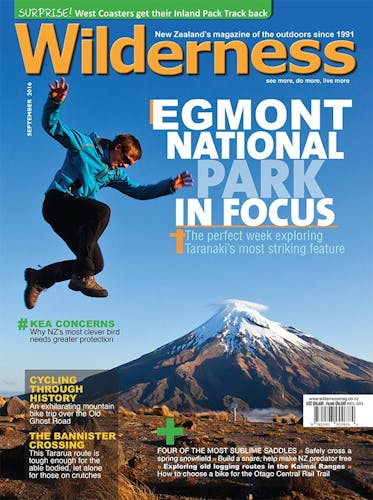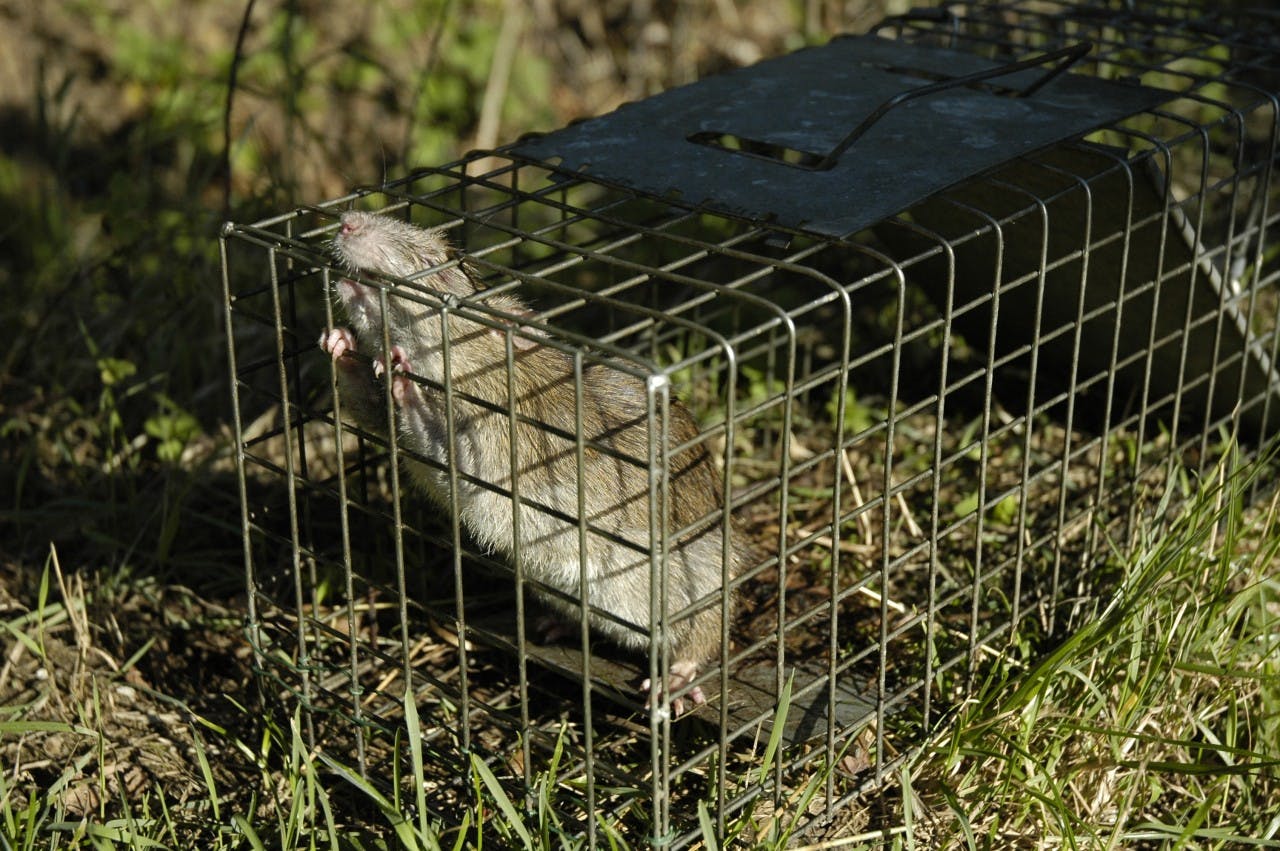The government’s plan to make New Zealand predator free by 2050 is the kind of big idea that landed men on the moon.
Imagine New Zealand as Maori, and even the first European explorers, found it: full of bird life, the dawn chorus heard from miles out at sea.
Credit where credit is due: the late Sir Paul Callaghan first suggested the idea of making New Zealand predator free back in 2012. But whose idea it was is moot: the fact this is a stated goal, with a plan, and that has cross-party support is what matters.
New Zealand is already a world leader in predator control, having eradicated mice and rats from numerous offshore islands and in fenced mainland islands. But the technological leap required to rid such huge land masses as the North and South Islands of predators, whether by traps, through poison or genetic meddling, has the potential to transform economies.
Just as NASA’s space programme has unleashed game-changing tech that has applications on Earth in previously unforeseen areas, so it will be with the next generation of predator control methods.
In fact, this could be why, after years of cutbacks and restructure at the Department of Conservation, the government decided to finally get proactive on the conservation front. According to studies carried out by NASA, for every dollar it spends, a further $10 of economic activity is generated. In 2017, its budget is US$18.5 billion, which means the wider economy could benefit to the tune of US$180 billion.
Making New Zealand predator free will create a transformation of another kind. Sighting some of the world’s most unique, clever, visually stunning and audibly gorgeous creatures won’t be once-in-a-lifetime events, or happen only on mainland islands like Zealandia or Maungatautari. They’ll be everyday occurrences. We’ll even be able to confirm if the South Island kokako is really extinct.
The government’s initial budget of $28 million won’t go far. But money is just one resource needed. To make New Zealand predator free is not something we can sit back and watch happen. It will need to be a nationwide effort involving every school and the boundless creativity of their students. More volunteers will be needed and every household in the country will need to trap the rats and mice in their gardens.
Plenty of people have pointed out the difficulties that lie ahead. But one thing tramping has taught me is that you are always surprising yourself with what you can achieve.








